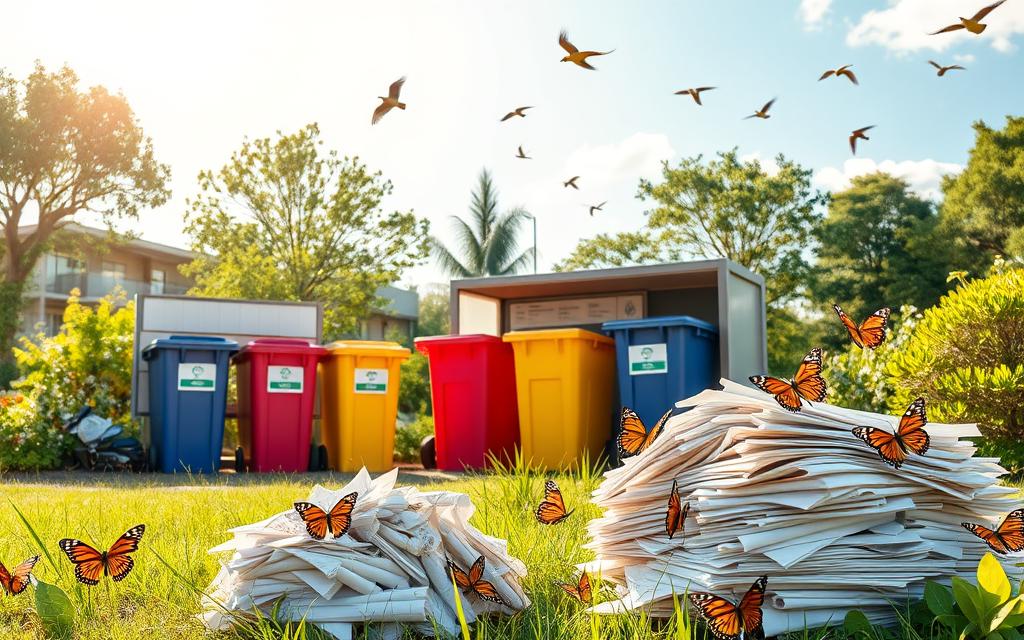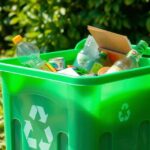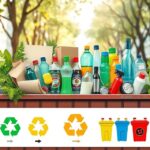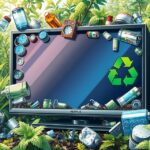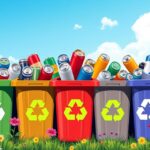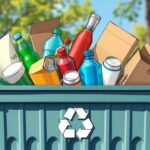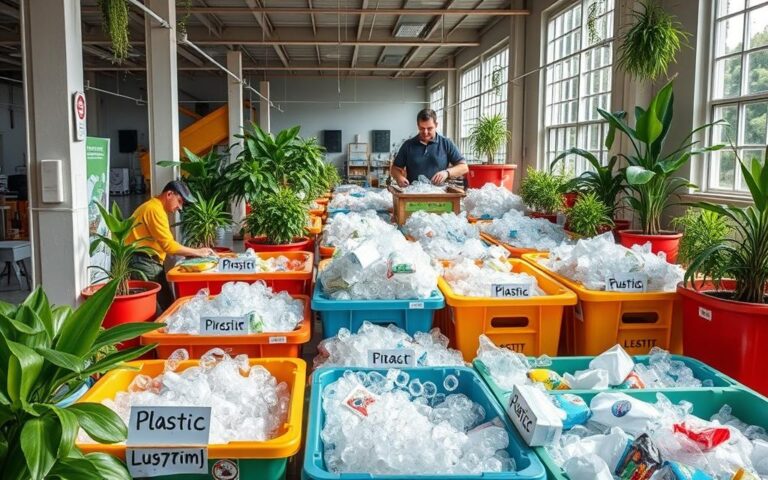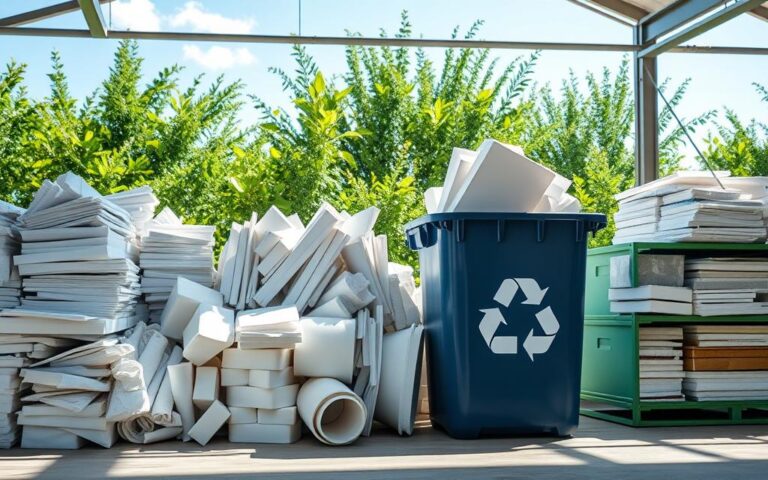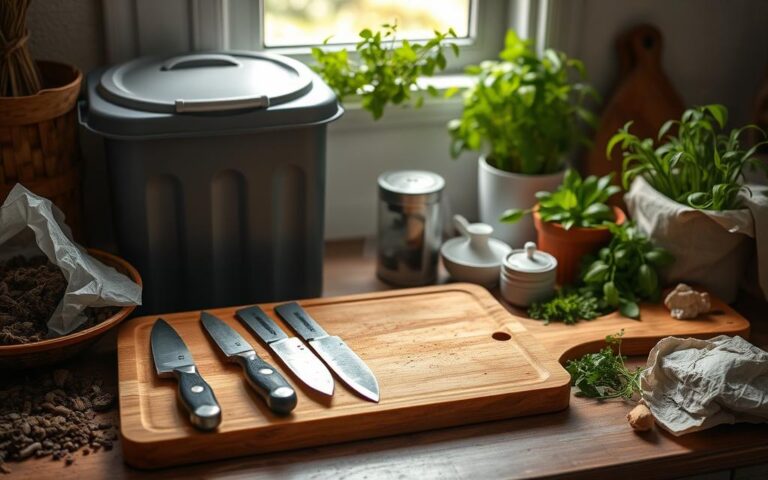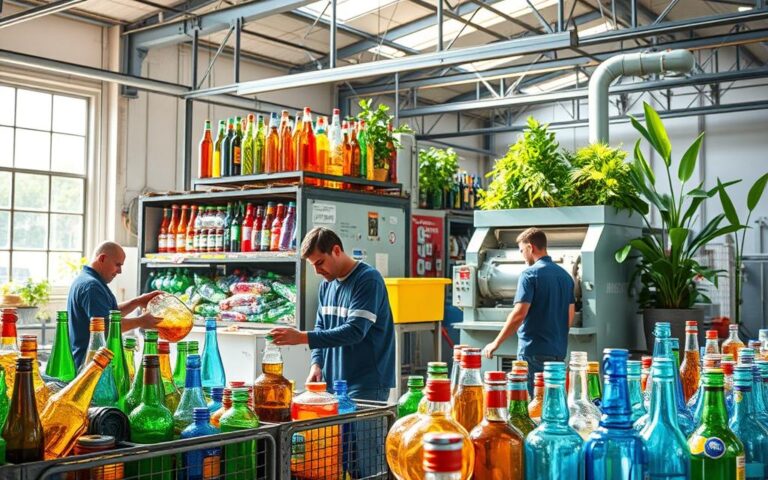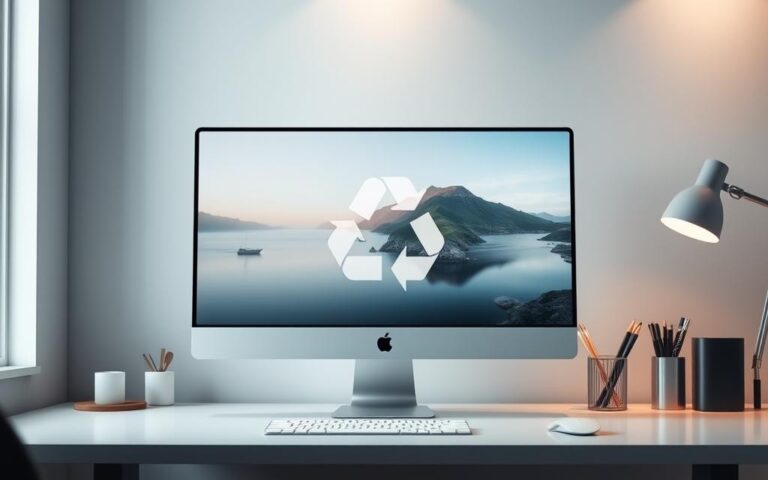Can You Recycle Paper? Key Facts and Eco-Friendly Guide
Even in our digital world, recycling paper matters a lot. Despite more folks emailing than mailing, paper is still everywhere. By 2024, Canada is expected to produce around 9.2 million metric tons of it. Recycling paper is key because it represents half of what the U.S. recycles each year. The recycling rate for paper is a high 63%. Yet, paper still makes up 33% of what we throw away annually in the U.S.
Knowing how we can manage waste better, like recycling paper, can decrease this problem. Your area might have rules on which paper items you can recycle. Generally, there are five types: Old corrugated containers, Old newspapers, High-grade deinked paper, Mixed paper, and Pulp substitutes. Some places, such as Pennsylvania and New Jersey, even require recycling paper by law. This shows more people are choosing to be eco-friendly.
Recycling paper has big environmental pluses. It cuts down on waste, saves resources, and uses less energy. This guide encourages you to look up your local recycling rules. By doing so, you help make our Earth cleaner and greener.
Understanding Paper Recycling
Recycling paper is incredibly important. It helps us be more sustainable and reduce where we can. Over half the paper used in the States gets recycled. This shows we can cut down on waste and avoid filling landfills.
Importance of Recycling Paper
In 2011, the U.S. saw 66.8 percent of its paper recycled. This reflects a true dedication to protecting our planet. Recycling a ton of paper can save:
- Saving 17 trees
- Preserving 7,000 gallons of water
- Conserving 463 gallons of oil
This proves how recycling can help the environment. Plus, over 87 percent of folks have easy access to recycling options. Thanks to these services, less paper wastes away in landfills.
Environmental Benefits
Recycling paper helps keep it out of landfills. In 2018, paper made up 11.8 percent of U.S. landfill waste. By recycling, we save trees and land.
Paper recycling is quite effective. Fibres can be reused up to seven times. In 2020, close to 80 percent of American paper mills used recycled content. This recycling loop is key to a greener tomorrow.
Can You Recycle Paper? Sorting and Acceptance
Knowing what paper you can recycle is key to better recycling. It helps people sort their waste right and boosts recycling work.
Types of Recyclable Paper Products
Many paper items we use every day can be recycled, helping with waste reduction. You can recycle:
- Brown parcel paper
- Cardboard packaging boxes
- Newspapers
- Magazines
- Printer paper and writing paper
- Envelopes without plastic windows
- Shredded paper, where recyclable
- Paper coffee cups, depending on local guidelines
Keep these items clean and dry for recycling. Wet or dirty items can’t be recycled and mess up the process.
Common Non-Recyclable Items
Some paper goods can’t be recycled because of what they’re made of or if they’re soiled. Knowing what not to recycle helps keep the process smooth. Examples of these include:
- Greasy pizza boxes
- Greeting cards with glitter or foil
- Wrapped gifts or glittery wrapping paper
- Wax paper and greaseproof paper
- Thermal paper with sensitive information
- Tissue paper and paper towels
Check local rules to know what you can and can’t recycle where you live. This makes paper recycling far more effective.
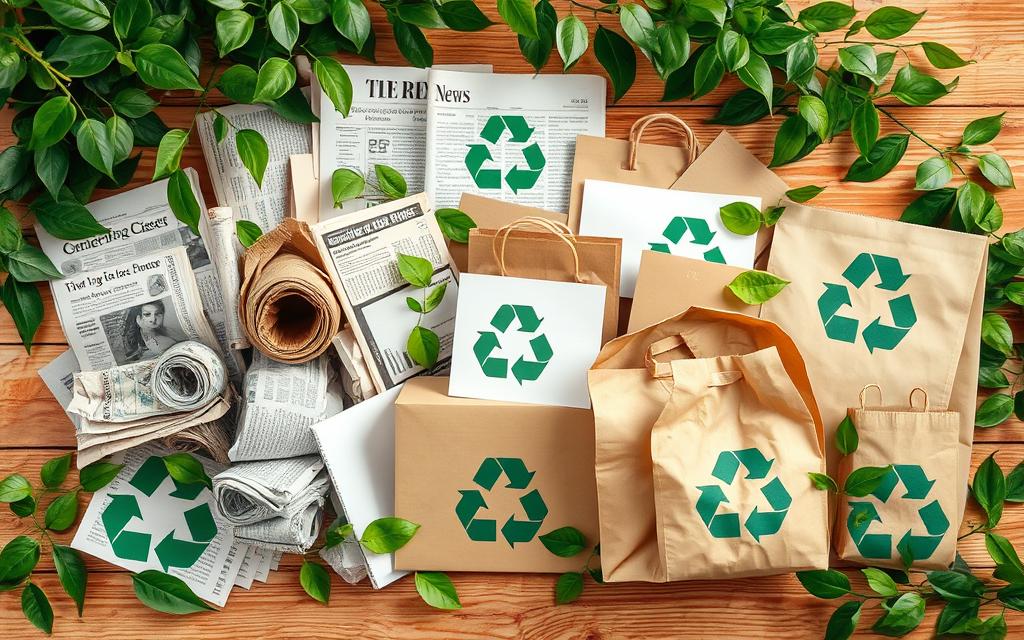
The Paper Recycling Process
Understanding how we recycle paper shows why it’s so important. It helps reduce waste and saves precious resources. Recycling centres are key to this. They manage the paper’s journey from being thrown away to becoming new products.
Steps Involved in Recycling
Recycling starts with our discarded paper. It then goes through several steps at recycling centres:
- Collection: Paper is gathered from various collection points.
- Sorting: It’s sorted into grades and cleaned of any non-paper materials, like plastic or metal.
- Pulping: The clean paper is mixed with water and chemicals. This turns it into a mushy pulp.
- Cleaning: This pulp is cleaned again to remove more impurities.
- Drying: Finally, the clean pulp is dried and made into new paper sheets.
The Role of Recycling Centres
Recycling centres are crucial to recycling paper. They use advanced technology and experienced staff to process paper efficiently. In the United States, two-thirds of all paper is recycled, showing these centres’ success. They cut energy use by 40% compared to making new paper. They also lower pollution, helping our planet. So, these centres are vital for a sustainable future.
| Paper Product Type | Recycling Rate (%) | Environmental Impact |
|---|---|---|
| Newsprint | 66% | Saves 1 ton of wood per ton recycled |
| Cardboard | 72.8% | Significantly reduces landfill waste |
| Office Paper | 66% | Reduces emissions by 70% compared to virgin paper |
| Magazines | 56.8% | Saves water and oil during recycling |
Best Practices for Recycling Paper
To recycle paper well, it’s important to know the best practices. Keeping paper clean and dry is key to avoiding contamination. It also helps to know what your local recycling rules are.
Avoiding Contamination
Many people don’t realise they’re adding to paper contamination. Useful tips for recycling include:
- Ensure paper is dry and clean before placing it in recycling bins.
- Avoid crumpling sheets; recycling facilities often refuse crumpled paper.
- Stay clear of non-recyclable items like receipts, and greasy pizza boxes.
- Be cautious with paper towels and juice boxes, as they can’t be recycled.
Printed photos, containing chemicals, are often non-recyclable. In 2018, China set strict rules against paper bales with over 1% contamination. Leading recycling facilities aim for a 4-5% standard. By recycling carefully, you help reduce contamination.
Local Recycling Guidelines
It’s crucial to know your area’s recycling policies as they vary widely. Contact local authorities to learn which types of paper are recyclable. This knowledge helps avoid wishcycling, which can contaminate recycling streams.
Here’s a look at common recycling guidelines in different areas:
| Region | Accepted Paper Products | Non-Recyclable Items |
|---|---|---|
| City A | Corrugated cardboard, newspapers, office paper | Shredded paper, plastic-coated paper, greasy pizza boxes |
| City B | Office paper, magazines, boxboard | Receipts, pet food bags, wax paper |
| Region C | Newspapers, cardboard, paperboard | Shredded paper, waxed cartons, shredded paper towels |
By knowing the best practices and local rules, you can greatly improve your recycling efforts.
Compost and Other Sustainable Practices
Adopting sustainable habits is key for better paper waste management, like composting and re-use. Composting helps decrease waste and improves soil. Paper items that can be composted make our environment greener. A variety of such products can be composted, supporting our planet.
Compostable Paper Products
Many paper goods can be reborn in compost bins. Here’s a list:
- Seed paper – perfect for planting with seeds inside.
- Bagasse food packaging – comes from sugarcane fibres, fully compostable.
- Clean pizza boxes – they’re fine for composting unless they’re dirty.
- Toilet paper and tissues – these can go in the compost if they’re clean.
- Shredded paper – helps with air flow in compost heaps.
- Paper towels and napkins – can be composted if not full of chemicals.
- Most egg cartons – they break down easily because they’re made of recycled paper.
Around 12% of household waste paper ends up in landfills. Composting these items reduces that figure and benefits the earth.
Reuse and Upcycling Ideas
Upcycling paper and cardboard sparks creativity and cuts down waste. Getting creative with reused paper stops lots of waste ending up in landfills. Here are some fun ideas:
- Create decorative gift tags from old greeting cards.
- Turn paper rolls into starters for seeds.
- Use unused paper to make scrapbook covers or notebooks.
- Make paper mache crafts from shredded paper.
- Build homemade envelopes out of magazine pages.
These practices promote reducing waste and living creatively. Pairing this with composting paper items leads to a sustainable life. This helps both people and our planet.
Conclusion
The importance of recycling is huge for building a better future. It cuts down greenhouse gas emissions and saves energy. It also reduces waste. Around 55% of the world’s paper is now recycled. Knowing how we can help is key to living more sustainably.
Learning about local recycling rules is a good first step. This way, we know what materials can be recycled. Choosing to live eco-friendlier, like composting and reusing, shows our dedication to protecting the environment. For example, recycling a ton of paper can save 17 trees. It shows how our joint actions have a big effect on the Earth.
It’s good for both people and businesses to learn about the pluses of recycling. It saves money and boosts social responsibility. To learn more about helping the environment by recycling paper, go to this informative article. By adopting these habits, we help create a greener planet.
FAQ
What types of paper can be recycled?
You can recycle things like cardboard, newspapers, magazines, and envelopes that don’t have plastic windows. Just make sure they’re not dirty or wet. This helps them get recycled properly.
Are there any paper items that cannot be recycled?
Some items can’t be recycled, like pizza boxes with grease, glittery greeting cards, and wax-coated paper. Keeping these out of the recycling bin stops them from spoiling the batch.
How does recycling paper benefit the environment?
By recycling paper, we save loads of trees – around 17 for every ton of paper recycled. This action also cuts down on landfill trash, where paper makes up about a third of the waste.
What are the steps involved in the paper recycling process?
First, we collect the paper and sort it. Then, it’s mashed into pulp with water and chemicals. After cleaning, it’s dried and rolled out to make new paper items.
How can I avoid contamination when recycling paper?
Keep your paper products dry and don’t scrunch them up. It’s also key to check what your local area’s rules are for recycling, as they can be different everywhere.
What compostable paper products are available?
You can find compostable items like seed paper, packaging from bagasse, and clean pizza boxes. If the pizza boxes are dirty, just compost the soiled parts to help fertilise the soil.
What are some creative ways to reuse paper products?
You can get creative by turning old newspapers into wrapping paper, crafting with cardboard, or starting art projects. These fun activities reduce waste and support a greener planet.

